I try to understand what the best way is to program a "clean" Android app. I found an interesting article about it where they use a kind of a 3 layer architecture.
Now I read that android uses the MVP design pattern and try to understand this. The way I understand the MVP principle (in the android context) is that:
- the Model layer are the logic classes
- the presenter are the classes that are "linked" to an XML (the activities)
- the passive view are the XML's.
Is this correct?
When this is correct, is it then also correct that the 3 layer model fits perfectly in the MVP principle because:
- the presentation layer from the 3 layer architecture fits in the presenter layer of MVP
- The business and the data layer from the 3 layer architecture fits perfectly in the model part of the MVP?
I hope my questions are clear because it is a complicated topic for me.
Maybe this clears up my vision (way of thinking) about this...

